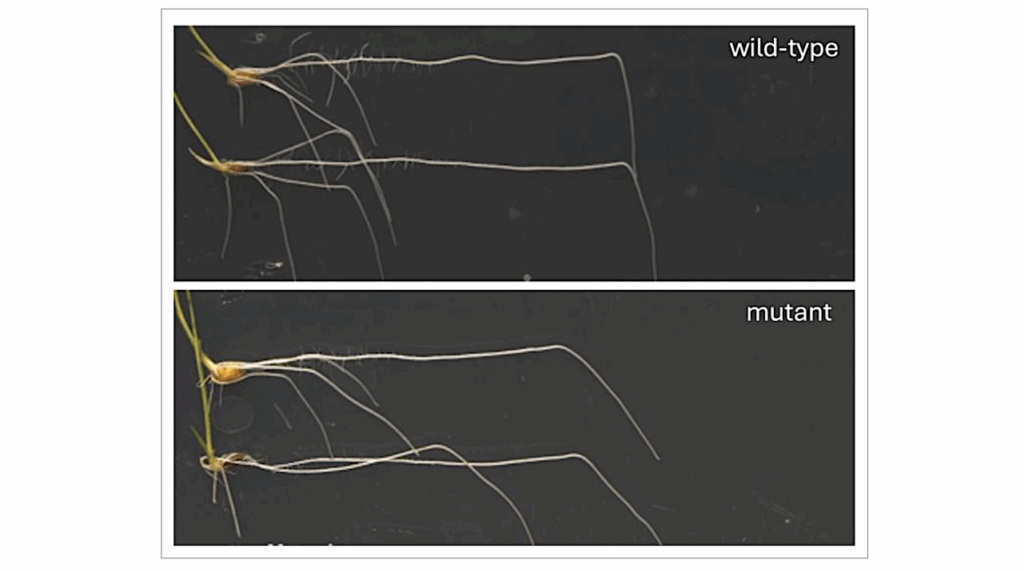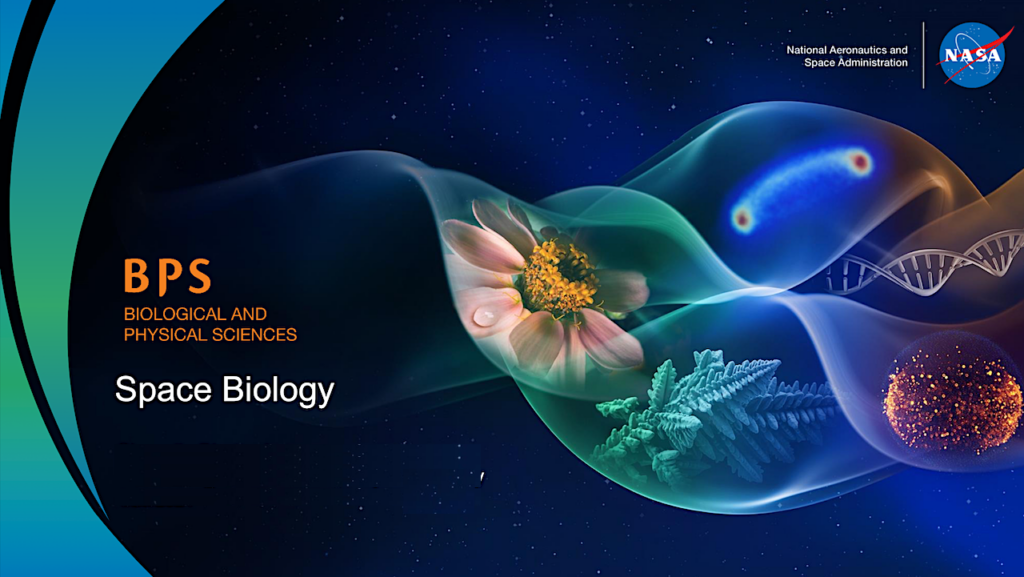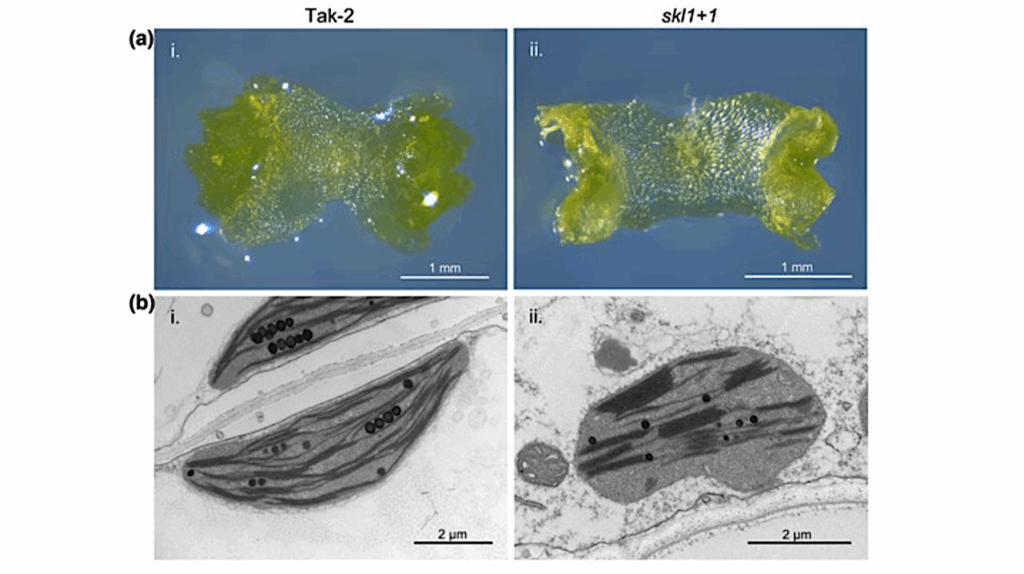Glowing Plants Are A Sign of Health

Radiant skin is considered a sign of good health in humans, but plants also glow when they are well. A potential new ESA satellite could use this fluorescence to track the health and productivity of vegetation worldwide.
The Florescence Explorer, or FLEX for short, is a candidate for ESA’s eighth Earth Explorer. It aims to provide global maps of vegetation fluorescence, which can be used to work out actual photosynthetic activity.
This information would improve our understanding of the way carbon moves between plants and the atmosphere and how it affects the carbon and water cycles.
In addition, by offering new information that can be used to improve the management of water and fertilisers, FLEX could also improve agricultural productivity.
After the chlorophyll in a plant has absorbed sunlight, the core of the photosynthetic machinery gives off a red glow – fluorescence. This reflects how efficiently the plant is photosynthesising, or how well it is ‘breathing’ and, therefore, how healthy it is.
However, measuring plant fluorescence is a challenge. As with most new satellite technology, a concept first has to be tested from an aircraft to demonstrate that it works before anyone thinks of building and launching an instrument into space.
Until recently, an airborne sensor was not available to map the fluorescence over large areas. In fact, for years it was a challenge to detect this relatively small glow outside of the laboratory and over agricultural fields and forests.
But Germany’s Forschungszentrum Juelich research centre and Finland’s Specim company have now developed and thoroughly tested the novel Hyplant airborne sensor.
As part of the campaign, it has mapped different types of vegetation all over Europe and even over parts of the USA.
Hyplant has two ‘imaging spectrometers’ – essentially cameras that see at different wavelengths.
One ranges from blue to the mid-infrared for broad coverage. The second covers from red to near-infrared, and splits up the wavelengths finely to pick out the fluorescence.
With more than 100 aircraft passes recorded in 2012, the data have now been turned into fluorescence maps with consistent results.
ESA campaign coordinator Dirk Schuettemeyer notes, “Hyplant has given us a proven airborne demonstrator that allows us to fully exploit the potential of the FLEX candidate mission.
“We are now looking forward to analysing measurements over forests and to address vegetation health applications and products.”
As the image above shows, the highest fluorescence was seen in sugar beet, which is a twice-yearly crop that is still green with a dense healthy canopy in October. The results show that it is one of the most photosynthetically active crops at this time of the year.
By comparison, apple orchards, natural pine and mixed forests fluoresce less. Areas that lack vegetation such as bare soil, roads and buildings do not fluoresce at all.








